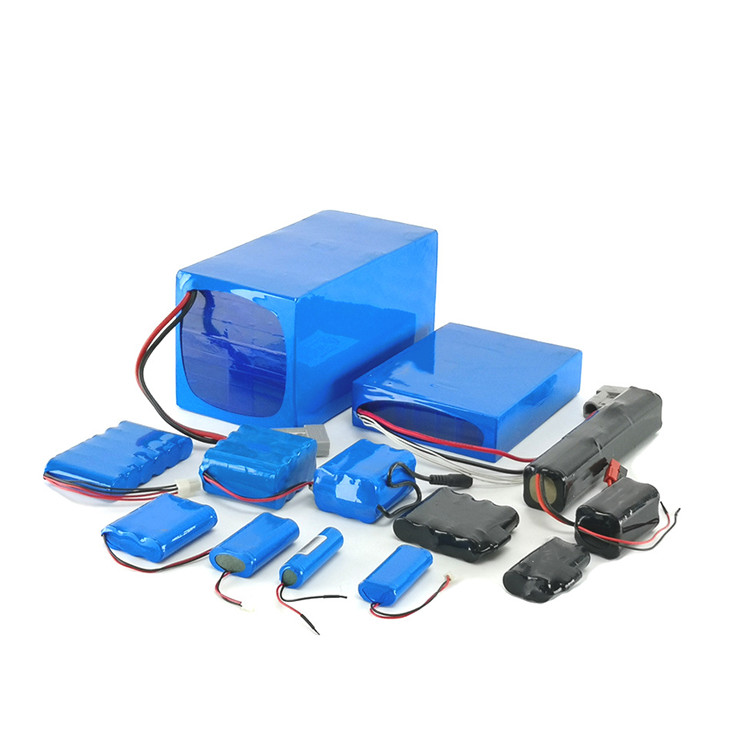What are the advantages of lithium-ion batteries?
July 27, 2021
Lithium-ion battery is a secondary battery that uses a lithium-containing compound and is discharged and embedded during the charge and discharge process. The interior of the lithium-ion battery is mainly composed of positive electrode, negative electrode, electrolyte and diaphragm.
Lithium-ion batteries work mainly on lithium-ion movement between positive and negative poles. During charging and discharge, Li + is embedded and embedded between two electrodes: when charging, Li + is unnested from the positive electrode and embedded into the negative electrode, the negative electrode is in a lithium-rich state; the opposite during discharge.
Lithium-ion batteries have many distinctive features, and their main advantages are:
1, voltage high: the operating voltage of single cell is up to 3.7-3.8V (lithium iron phosphate is 3.2V,, is 3 times that of Ni-Cd, Ni-MH battery.
2, specific energy: the actual specific energy is about 555Wh/kg, i. e., material specific capacity above 150mAh/g (3-4 times Ni-Cd,2-3 times Ni-MH,, approaches about 88% of its theoretical value.
Long 3, cycle life: generally can reach more than 500 times, or even more than 1,000 times, and lithium iron phosphate can reach 8,000 times. For small current discharge appliances, the service period of the battery, will double the competitiveness of the appliances.
Good 4, safety performance: pollution-free, no memory effect. As a lithium battery, the predecessor of Li-ion, lithium crystal is short circuit to metal, reducing its application field: Li-ion contains no cadmium, lead, mercury and other polluting elements; some processes (such as sintering and Ni-Cd batteries are “memory effect”, which seriously restricts the use of batteries, but there is no such problem in Li-ion.
Small self-discharge of 5,: the self-discharge rate of full Li-ion storage at room temperature is about 2%, much lower than 25-30% of Ni-Cd and 30-35% of Ni-MH.
6, Quick charging: 1C charging capacity for 30 minutes to over 80% of the nominal capacity and the phosphate battery for 10 minutes to 90% of the nominal capacity.
7, operating temperature: The operating temperature is-25~45 °C, expected to expand to-40~70 °C as the electrolyte and positive electrode improve.
In recent years, lithium-ion batteries have become more and more widely used, and lithium batteries have been widely used in energy storage power systems such as hydraulic power, firepower, wind power and solar power stations, as well as electric tools, electric bicycles, electric bicycles, electric motorcycles, electric vehicles, military equipment, aerospace and other fields. At present, lithium batteries have gradually expanded to electric bicycles, electric vehicles and other fields.








 Sales
Sales Sales
Sales Sales01
Sales01
 Sales Manager
Sales Manager